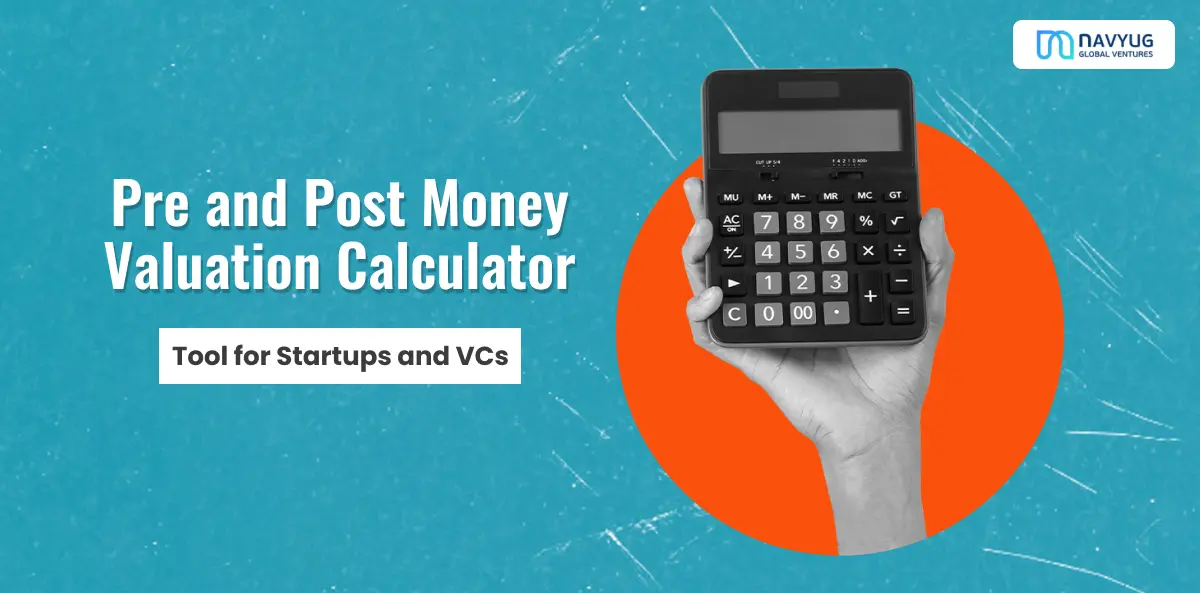Our pre- and post-money valuation calculator simplifies the math involved in valuing your startup, so you can focus on negotiating better terms. This tool doesn’t answer the broader question of your startup’s worth based on revenue, growth, or profitability. Instead, it performs calculations to determine two key values if you provide any two of the following: investment amount, investor’s equity, pre-money valuation, or post-money valuation.
Pre-Money and Post-Money Valuation: Understanding the Difference
- Pre-Money Valuation: This is the value of a company before it receives new investment.
- Post-Money Valuation: This is the value of the company after the new investment has been added.
For example, if a startup that stores goat pictures in the cloud is valued at $10 million before investment, and the investing company invests $2.5 million in a Series A round, the company’s value after the investment is $12.5 million. It depends on the Startup company and the investing company on which valuation they are agreeing (i.e., pre-money valuation (or) post-money valuation). In case of pre-money valuation, the stake will be 25%, since $2.5 million is 25% of $10 million & in case of post-money valuation the investing company will own 20% stake of the startup company, since $2.5 million is 20% of $12.5 million. Remember, both pre-money and post-money valuations reflect the company’s equity value. You can use the pre- and post-money valuation calculator to explore these figures with your own examples.
FAQs
What is pre-money valuation?
Pre-money valuation is the value of a company before it receives any new investment. It is typically less than the post-money valuation.
What is post-money valuation?
Post-money valuation is the value of a company after it receives new investment from investors. This valuation is usually higher than the pre-money valuation.
How do I calculate post-money valuation from pre-money valuation?
To calculate post-money valuation, follow these steps:
- Determine the pre-money valuation.
- Determine the amount of new investment the company will receive.
- Use the formula:post-money valuation = pre-money valuation + investment
Can pre-money and post-money valuation be negative?
No, both valuations reflect a company’s value, and it is not possible for a company to have a value less than zero.
What is Pre-Money and Post-Money Valuation?
Pre-money valuation is the value of a company before new investment. Post-money valuation is the value of the company after the new investment has been added.




